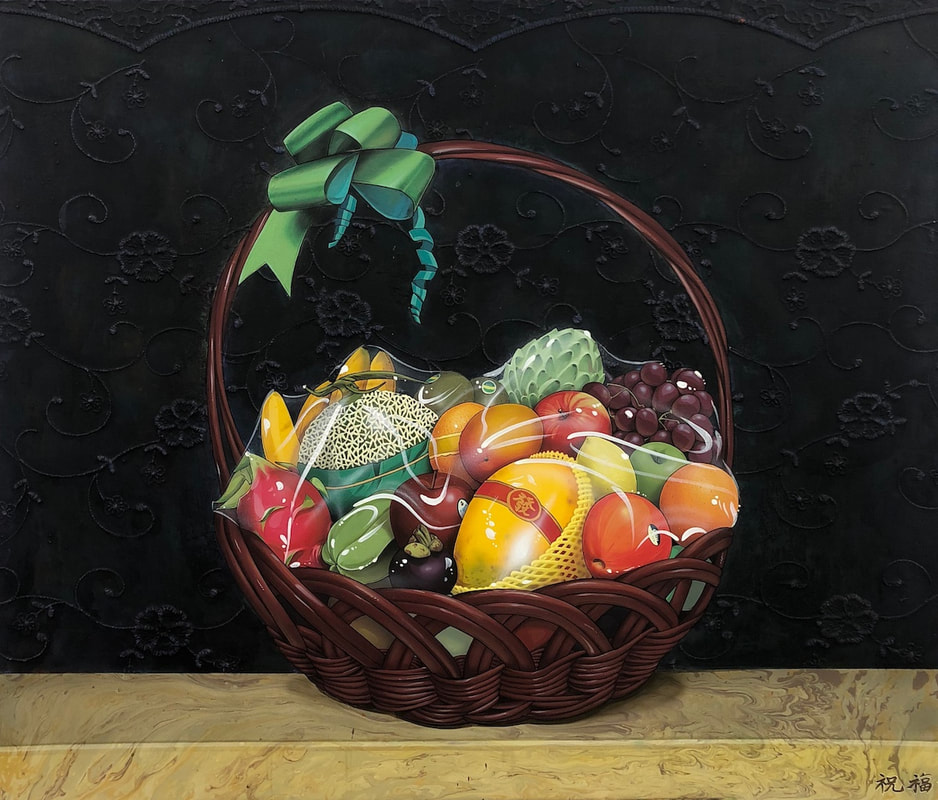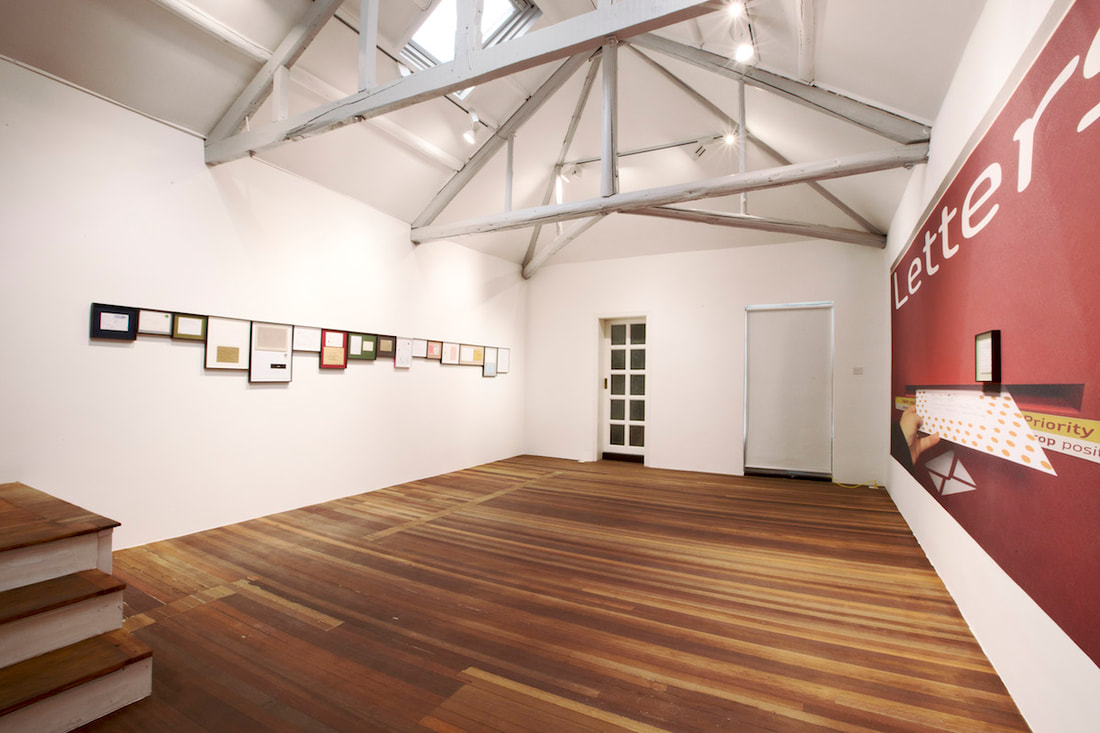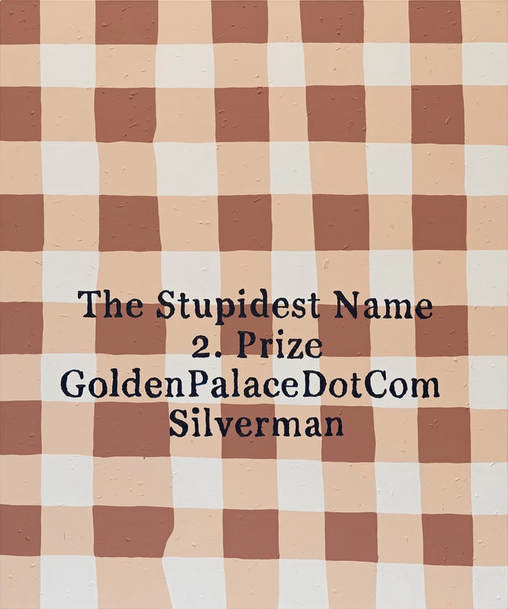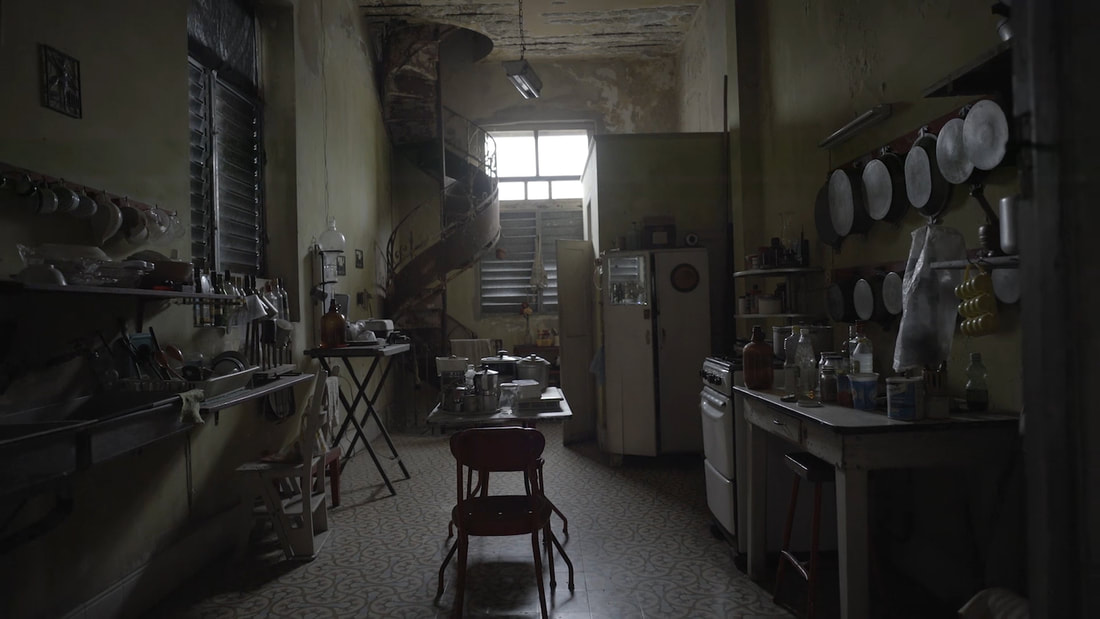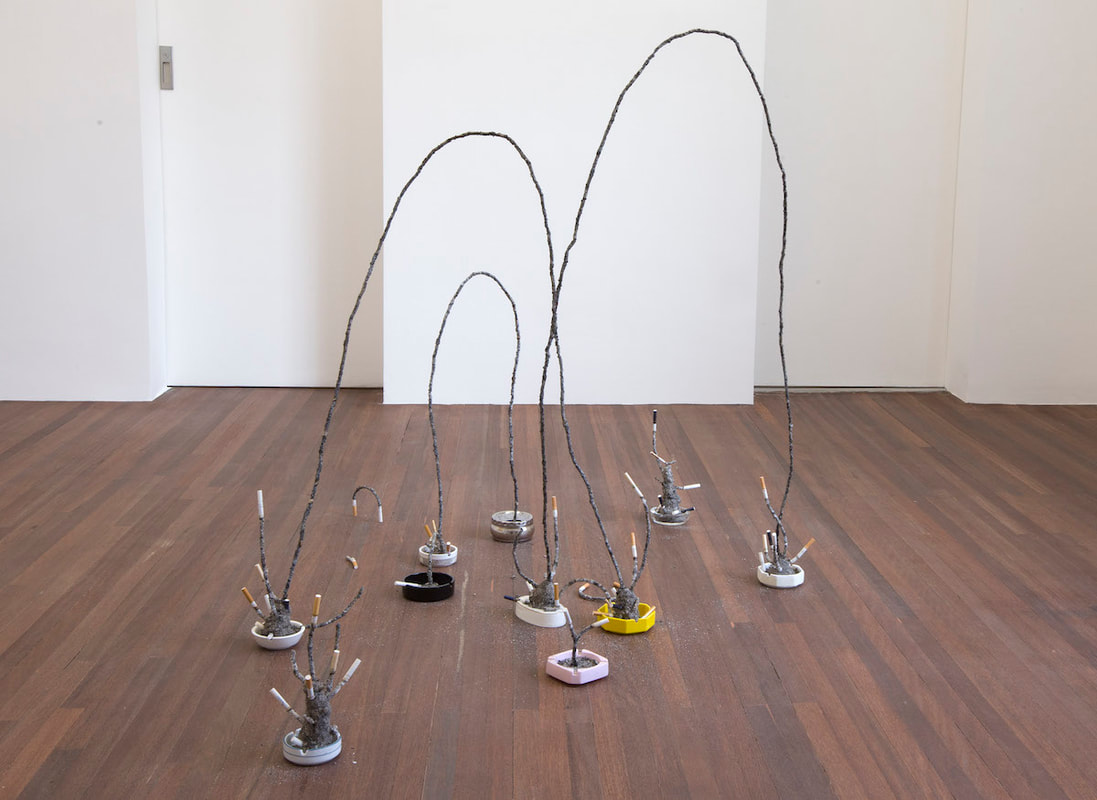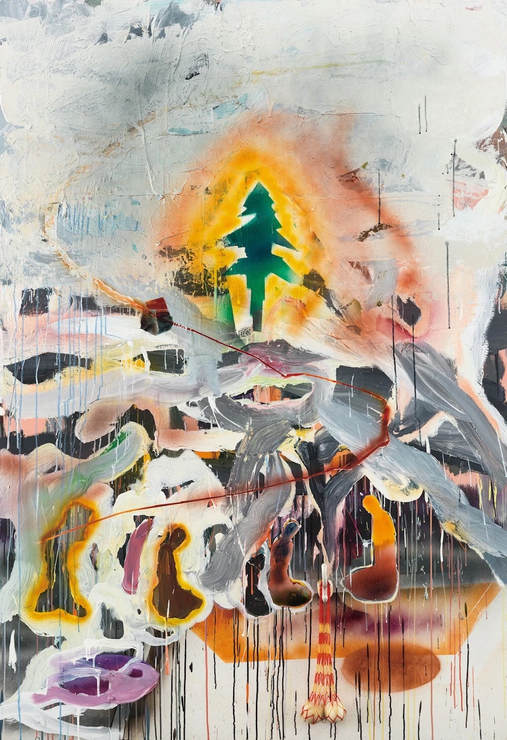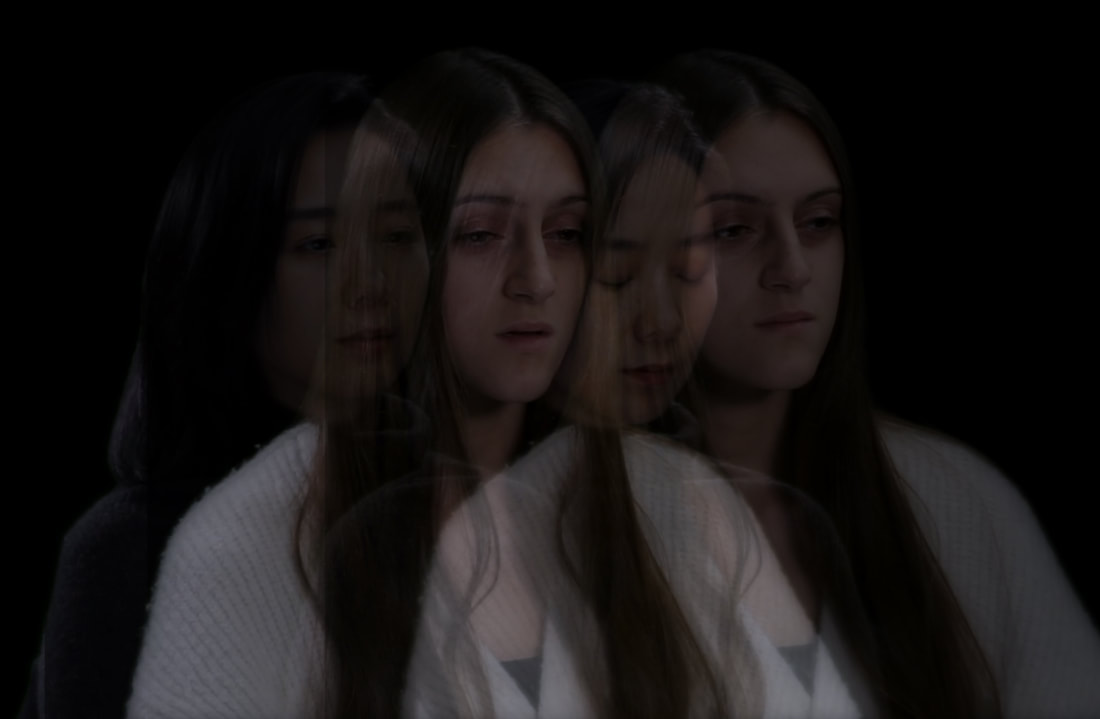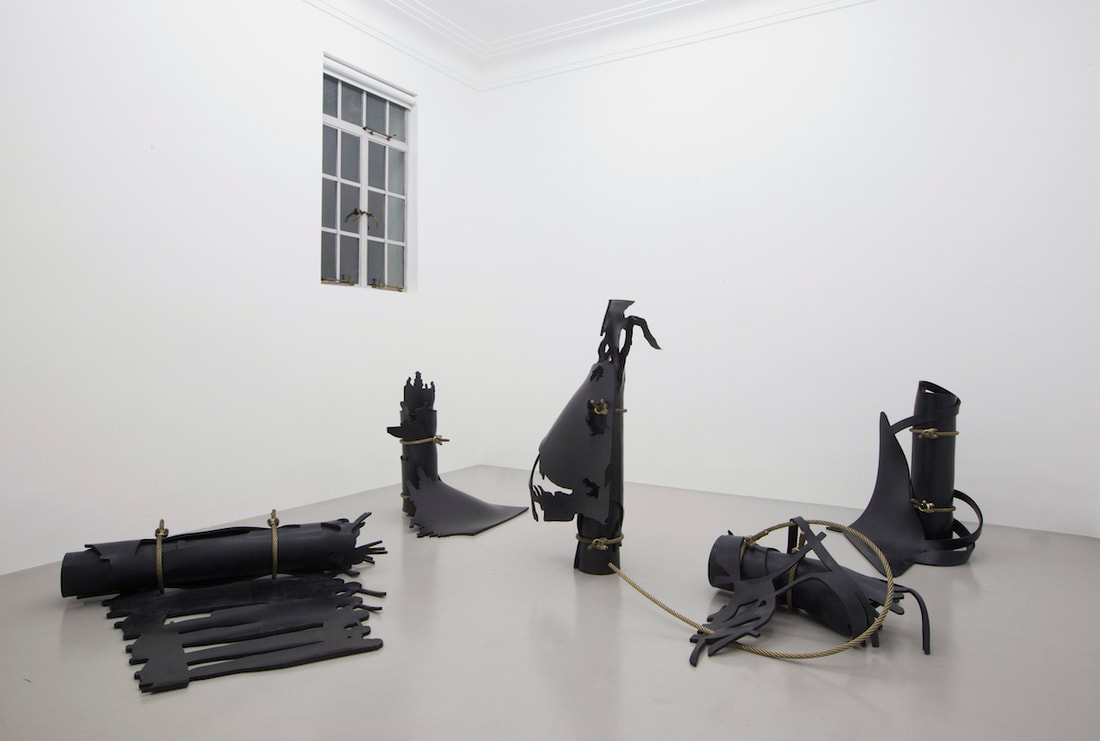|
Exhibition
Well-WishesDuration_ November 9, 2018–January 5, 2019
Opening_ Friday, November 9, 6–8 PM Curator_ Sun Dongdong |
VACANCY
|
|
Ceal Floyer
Downpour (Torstrasse), 2004 (video preview) Projector with sound 5’56” Courtesy of Ceal Floyer and Esther Schipper Ceal Floyer is known for her work in a variety of media that share a humorously wry approach to language and the semiotics of the everyday. Floyer's oeuvre is characterized by a distinct voice: exuding a quiet but forceful presence, her works address us with playfulness and profundity. Slight alterations to found objects that are usually familiar from everyday experiences create surprising interventions that heighten the awareness of our surroundings. In Downpour (Torstrasse) (2004), Ceal Floyer has filmed windy storms in various locations, where rain was blown in diagonal directions. By tilting the camera, Floyer captures an image of perfectly vertical rainfall, the illusion given away only by the border of the frame. This work reflects Floyer’s manipulations of every day situations, testing the slippage between function and implication, the literal and the imagined. The ideal of perfection is substantiated by a delusive state of being as free as possible from flaws and defects. Each of the restless attempts accomplishes in the other’s failure, leaving the perfect rainfall still up in the air. |
|
|
Li Ming
MOVEMENTS, 2014 (video previews) 8 channel digital video Color, sound Channel 1-4 2’30” / 5-8 3’50” In MOVEMENTS (2014), Li Ming performs a series of motions: running, skating, pole climbing, trolley sliding, and jumping off vehicles—van, bicycle, skid-steer loader, truck, and tuk-tuk (those commonly seen in everyday life). By juxtaposing one another, the 8 acts synchronized in 8 video channels under the same scenario, this ambitious work mimics the long-take technique in filmmaking and exploits the relationship between acting and watching in a video. Usually a long-take involves sophisticated camera movements and elaborate camera blockings, underlining a dramatic spatial span to imply the genuineness of acting in a staged scene. Li takes up this idea but deliberately sets the camera moving towards the same direction, at the same pace, as much as possible with his movements, while striving through and completing his acting by keeping up in the center of the proceeding camera frame. In the intervals of riding each vehicle, Li’s endeavor showcases his body moving along with the camera, a competent mediator for neutralizing the relative concept of space and time in motions. Throughout the video, Li eventually accomplishes all of his journeys and ends up running on foot. By this point, the video seems to resume the movements of the beginning of the video loop. The painstaking and spontaneous actions remain in the same position in video, as if running on a treadmill and going nowhere. In this work, movement explains itself through a self-consuming process in a fixed camera frame, illuminating the relative and interactive relationship in obliteration and renew between the individual and its surroundings. |
|
|
|
|
